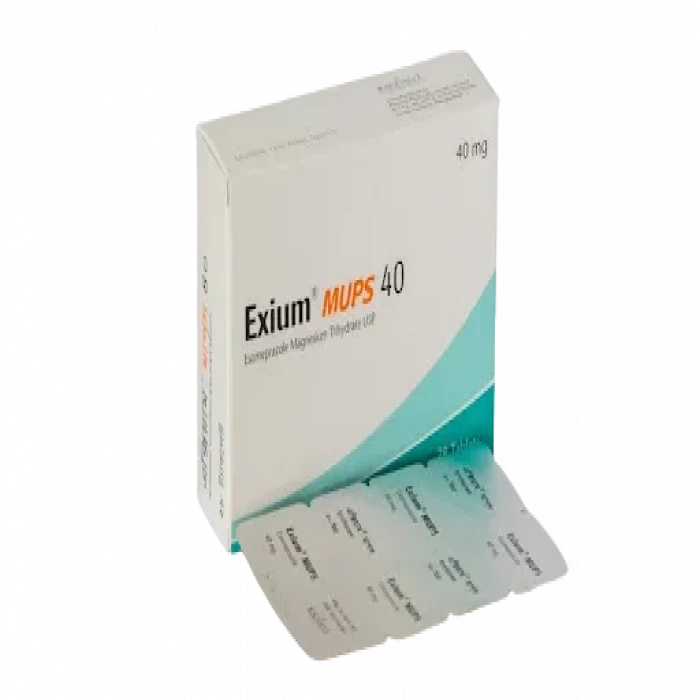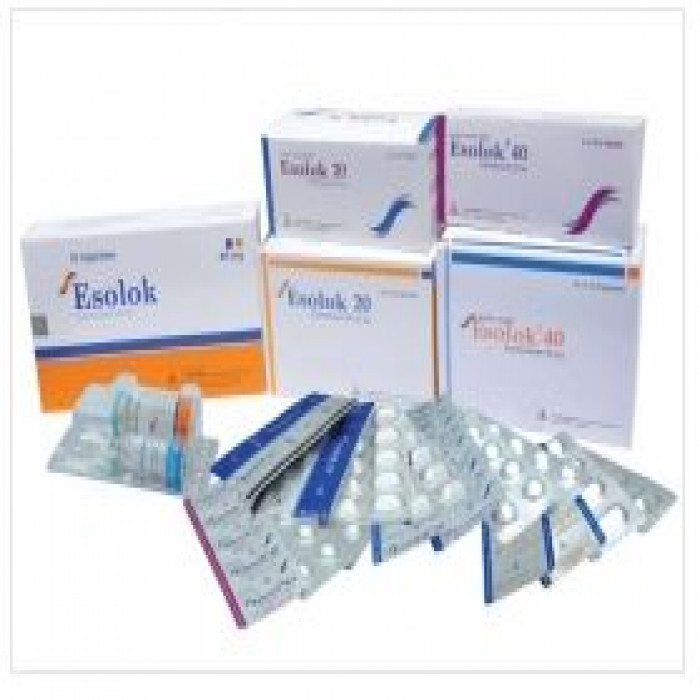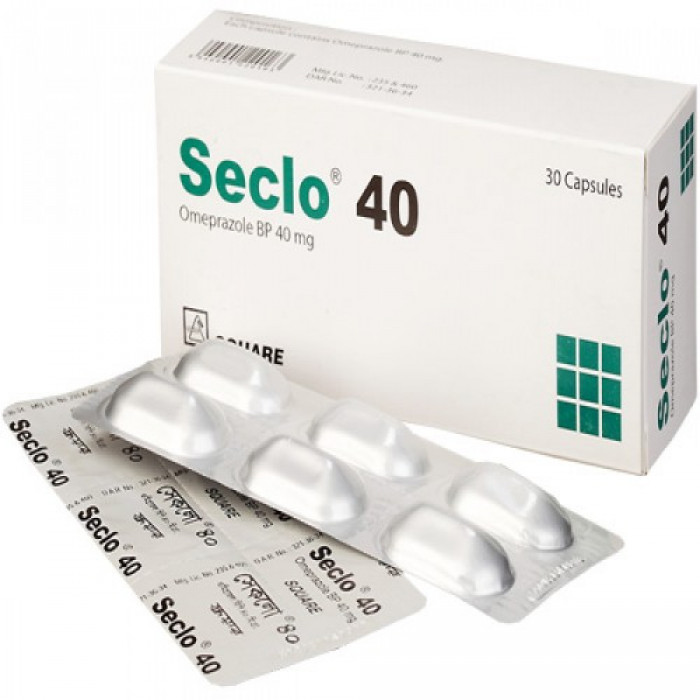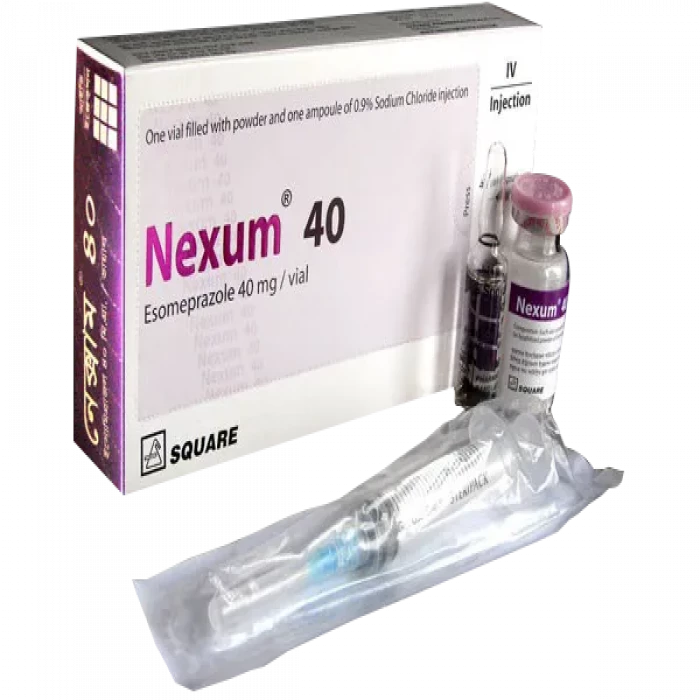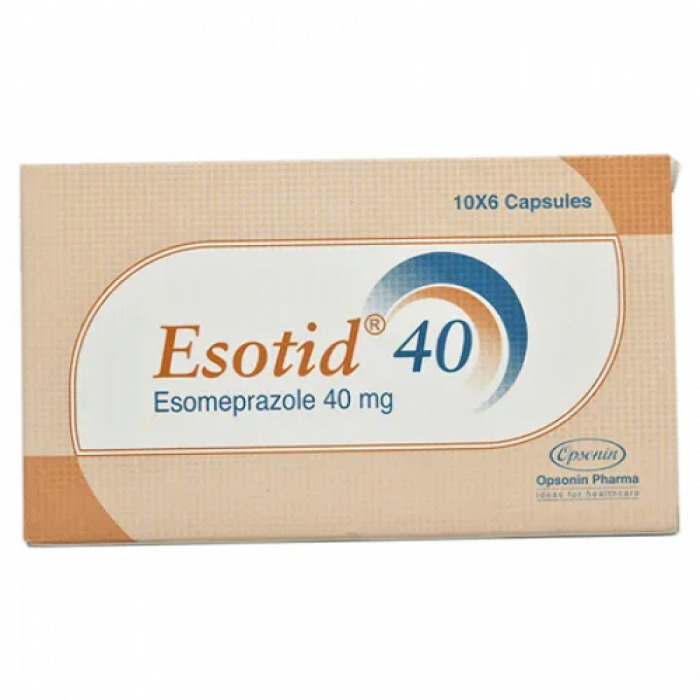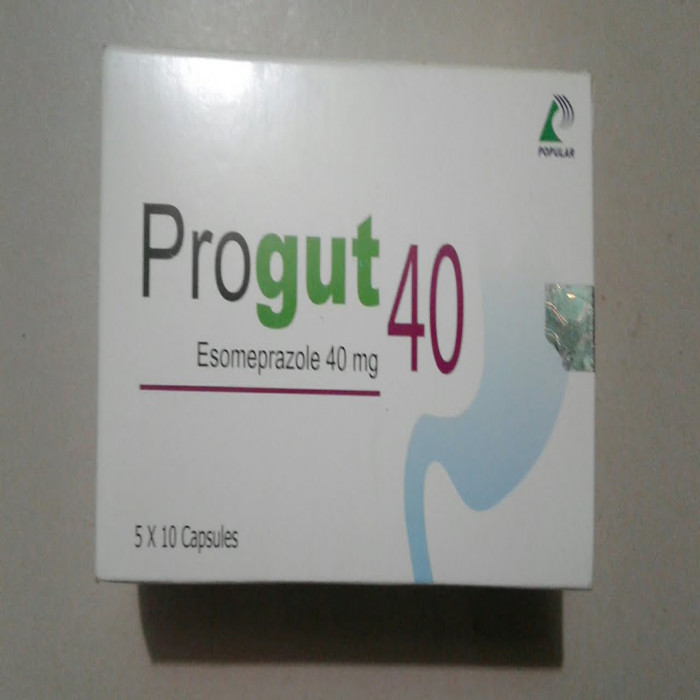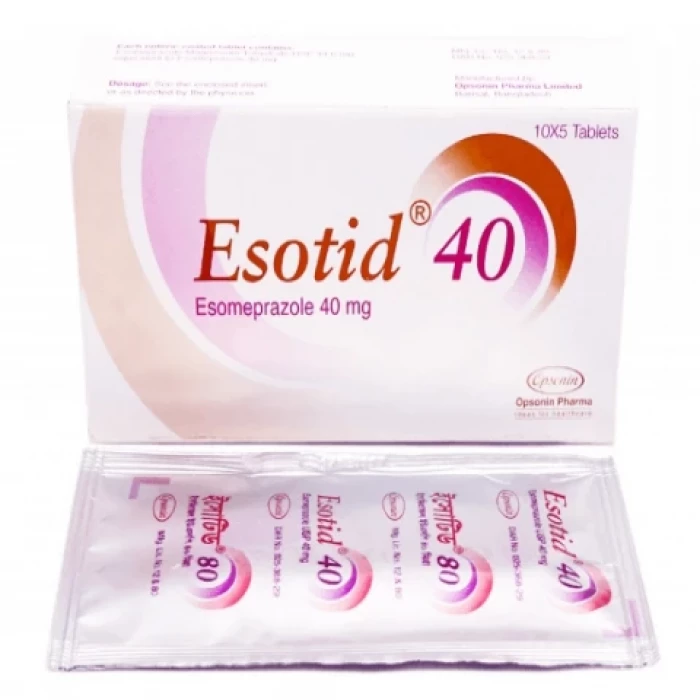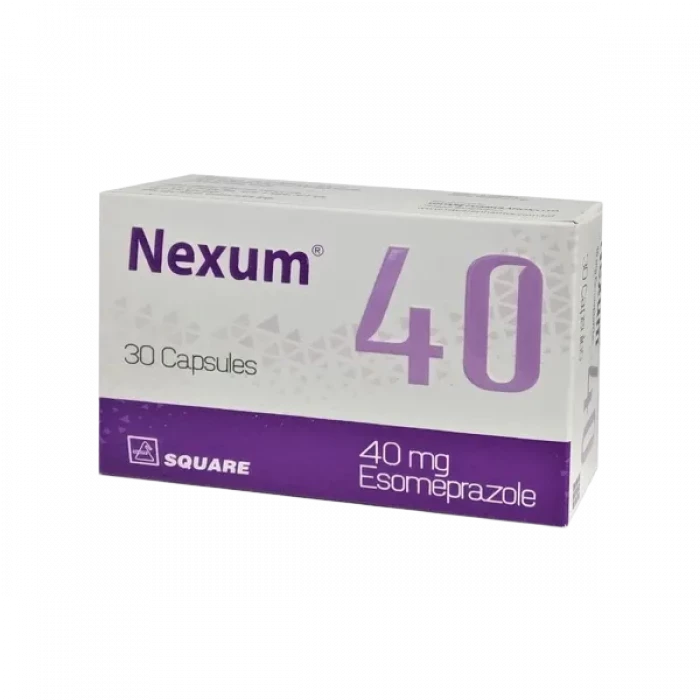
✔ 100% Authentic Product
👁️ Currently Viewing 3211
Nexum 40mg 10pcs
Generic Name: Esomeprazole 40mg
Manufacturer/Distributor: Square Pharmaceuticals Ltd.
Discount
Price: ৳ 94
MRP:
৳
100.3
6%
Off

100% Genuine Products, Guaranteed

Safe & Secure Payments, Always

Fast, Secure & Efficient Delivery

Proper Packaging
 Cash on Delivery - All over Bangladesh
Cash on Delivery - All over Bangladesh Regular Delivery - 12-24 Hours, Dhaka City* Charge Tk.39-59
Regular Delivery - 12-24 Hours, Dhaka City* Charge Tk.39-59 Regular Delivery - 24-48 Hours, Other Cities* Charge Tk.99-110
Regular Delivery - 24-48 Hours, Other Cities* Charge Tk.99-110
 ফ্রি ডেলিভারিঃ - ৯৯৯ টাকা+ অর্ডারে, ঢাকা
শহরে
ফ্রি ডেলিভারিঃ - ৯৯৯ টাকা+ অর্ডারে, ঢাকা
শহরে ফ্রি ডেলিভারিঃ - ২৯৯৯ টাকা+ অর্ডারে, ঢাকার
বাহিরে
ফ্রি ডেলিভারিঃ - ২৯৯৯ টাকা+ অর্ডারে, ঢাকার
বাহিরে
100% Genuine Products, Guaranteed
Safe & Secure Payments, Always
Fast, Secure & Efficient Delivery
Proper Packaging
 Cash on Delivery - All over Bangladesh
Cash on Delivery - All over Bangladesh Regular Delivery - 12-24 Hours, Dhaka City* Charge Tk.39-59
Regular Delivery - 12-24 Hours, Dhaka City* Charge Tk.39-59 Regular Delivery - 24-48 Hours, Other Cities* Charge Tk.99-110
Regular Delivery - 24-48 Hours, Other Cities* Charge Tk.99-110 ফ্রি ডেলিভারিঃ - ৯৯৯ টাকা+ অর্ডারে, ঢাকা
শহরে
ফ্রি ডেলিভারিঃ - ৯৯৯ টাকা+ অর্ডারে, ঢাকা
শহরে ফ্রি ডেলিভারিঃ - ২৯৯৯ টাকা+ অর্ডারে, ঢাকার
বাহিরে
ফ্রি ডেলিভারিঃ - ২৯৯৯ টাকা+ অর্ডারে, ঢাকার
বাহিরে
✅ Description:
Indications of Nexum 40 Capsule
Nexum 40 is a medication that lessens the quantity of acid your stomach produces. Heartburn, acid reflux, and issues with your food pipe are all treated with it. Stomach ulcers can also be prevented and treated with them. You should take Nexium 20 as prescribed by your doctor.
Pharmacology of Nexum 40 Capsule
The H+/K+-ATPase in the gastric parietal cell is blocked by the proton pump inhibitor esomeprazole, which reduces the amount of stomach acid produced. Esomeprazole (omeprazole's S-isomer), the first proton pump inhibitor with a single optical isomer, offers better acid control than racemic proton pump inhibitors.
For better absorption, Nexum 40 capsules have esomeprazole magnesium enteric-coated pellets. After oral administration, peak plasma levels (Cmax) happen approximately 1.5 hours later (Tmax). The area under the plasma concentration-time curve (AUC), which increases from 20 to 40 mg when the dose is increased, increases in proportion to the Cmax. In comparison to 64% following a single dose, the systemic bioavailability is approximately 90% with repeated once-daily doses.
Almost always, Nexum 40 binds to plasma proteins. Plasma protein binding is consistent over a concentration range of 2–20 mmol/L. The apparent volume of distribution in healthy volunteers is around 16 L at a steady state.
Esomeprazole is extensively processed by the cytochrome P450 (CYP) enzyme system in the liver. Esomeprazole's metabolites have no anti-secretory properties. The CYP2C19 isoenzyme, which creates the hydroxy and dimethyl metabolites, is responsible for the majority of esomeprazole metabolism. The sulphonyl metabolite is formed by CYP3A4, which is responsible for the remaining proportion.
The plasma elimination half-life of Nexum 40 is between one and five hours. Less than 1% of the parent drug is excreted in the urine. Esomeprazole is excreted in the urine as inactive metabolites in around 80% of oral doses, with the remaining 20% being found in the feces.
Esomeprazole magnesium 40 mg once a day is given for 7 days along with amoxicillin 1000 mg twice daily, clarithromycin 500 mg twice daily, and other antimicrobial combination therapy medications. The mean steady-state AUC and Cmax of Esomeprazole increased by 70% and 18%, respectively, in comparison to treatment with Esomeprazole alone, during triple combination therapy. The pharmacokinetic properties of amoxicillin and clarithromycin are comparable during triple combination therapy and single-drug administration.
Dosage & Administration of Nexum 40 Capsule
20 mg or 40 mg once daily for 4–8 weeks will treat erosive esophagitis. In most cases, recovery takes between 4 and 8 weeks. Patients who don't recover after 4–8 weeks may be given another 4–8 weeks of therapy. Continued Repair of Erosive
Esophagitis: 20 mg Once Daily (Clinical studies did not extend 6 months).
Symptomatic GERD: 20 mg Once Daily for 4 Weeks. If symptoms do not resolve completely after 4 weeks, an additional 4 weeks of treatment may be considered.
Zollinger-Ellison Syndrome: The dose is 20-80 mg once daily. The dosage should be adjusted individually and treatment continued as long as clinically indicated.
Elimination of Helicobacter Pylori: Triple Therapy (Esomeprazole 40 mg) to lower the risk of Duodenal Ulcer recurrence Amoxicillin 1000 mg once daily for ten days, followed by Clarithromycin 500 mg twice daily for ten days.
Duodenal ulcer: 20 mg once daily for 2-4 weeks. Gastric ulcer: 20-40 mg once daily for 4-8 weeks.
Acid-related Dyspepsia: 20-40 mg once daily for 2-4 weeks according to the response.
Injection: The suggested adult dosage of esomeprazole is 40 mg administered once day through intravenous injection (not less than 3 minutes) or intravenous infusion (10 to 30 minutes). It is not recommended to deliver esomeprazole IV injection along with any other drugs through the same intravenous port. As soon as the patient is able to resume treatment with Esomeprazole delayed-release capsules, treatment with Esomeprazole IV injection should be stopped. Pediatric patients' safety and efficacy have not been shown.
Use Delayed-Release Oral Suspension as directed: Fill a small glass with 15 mL of water with the entire contents of the packet. Stir vigorously in the mixer and set aside for 2 to 3 minutes to thicken. Stir once more, then consume within 30 minutes. If any medicine remains after drinking, dilute it with extra water, swirl it well, and drink it right away. The volume of water in the syringe should be 15 ml if the suspension is to be supplied through a nasogastric or gastric tube.
IV injection of esomeprazole: Esomeprazole IV should be injected slowly into the veins. The IV injection solution is created in the vial by adding 5 mL of the designated solvent (WFI). Following reconstitution, the injection needs to be administered carefully over a minimum of three minutes. Use the solution within 12 hours of reconstitution when kept at room temperature up to 30°C. Refrigeration is not required. The reconstituted solution shouldn't be utilized if there are any obvious particles in it.
Interaction of Nexum 40 Capsule
Esomeprazole may affect CYP2C19, the enzyme that metabolizes the drug the most. Esomeprazole 30 mg decreased the clearance of the CYP2C19 substrate diazepam by 45% when combined with diazepam. Up to 12 hours after administration, elevated plasma levels of benzodiazepine have been seen. Esomeprazole prevents the production of gastric acid. Esomeprazole thus has the potential to hinder the absorption of drugs whose bioavailability is impacted by stomach pH. (for instance, digoxin, iron salts, and ketoconazole).
In the liver, esomeprazole is mostly metabolized by CYP2C19 and CYP3A4. In vitro and in vivo studies show that esomeprazole does not appear to inhibit CYPs 1A2, 2A6, 2C9, 2D6, or 3A4. There shouldn't be any clinically relevant interactions between these CYP enzymes and the medications you take. Drug interaction investigations have shown that esomeprazole does not interact clinically with phenytoin, warfarin, quinidine, clarithromycin, or amoxicillin.
Contraindications
In patients who have a history of hypersensitivity to any of the formulations, esomeprazole is not recommended.
Side Effect of Nexum 40 Capsule
Headache, diarrhea, nausea, flatulence, abdominal pain, constipation, and dry mouth are the most common side effects reported with Nexum40. When compared to short-term treatment, there is no difference in the categories of linked adverse events noticed with maintenance treatment up to 12 months.
Pregnancy & Lactation
In pregnant women, there are no sufficient and well-controlled trials. No teratogenic effects have been found in animal investigations. Nexum 40 excretion in milk has not been studied. If the use of esomeprazole is thought necessary, breastfeeding should be terminated.
Precautions & Warnings
The presence of symptoms after using Nexum 40 does not rule out the potential for stomach cancer. As directed by the manufacturer, esomeprazole pills should be taken at least an hour before meals. For individuals who struggle swallowing pills, add one tablespoon of applesauce to an empty bowl, open the Esomeprazole capsules, then carefully pour the pellets into the applesauce. Eat the pellets as soon as possible after mixing them with applesauce.
Storage Conditions
Store in a dry location at a temperature of not more than 30°C. Light and dampness should be avoided. Keep out of children's reach.
⚠️Disclaimer:
At ePharma, we’re committed to providing accurate and accessible health information. However, all content is intended for informational purposes only and should not replace medical advice from a qualified physician. Please consult your healthcare provider for personalized guidance. We aim to support, not substitute, the doctor-patient relationship.




